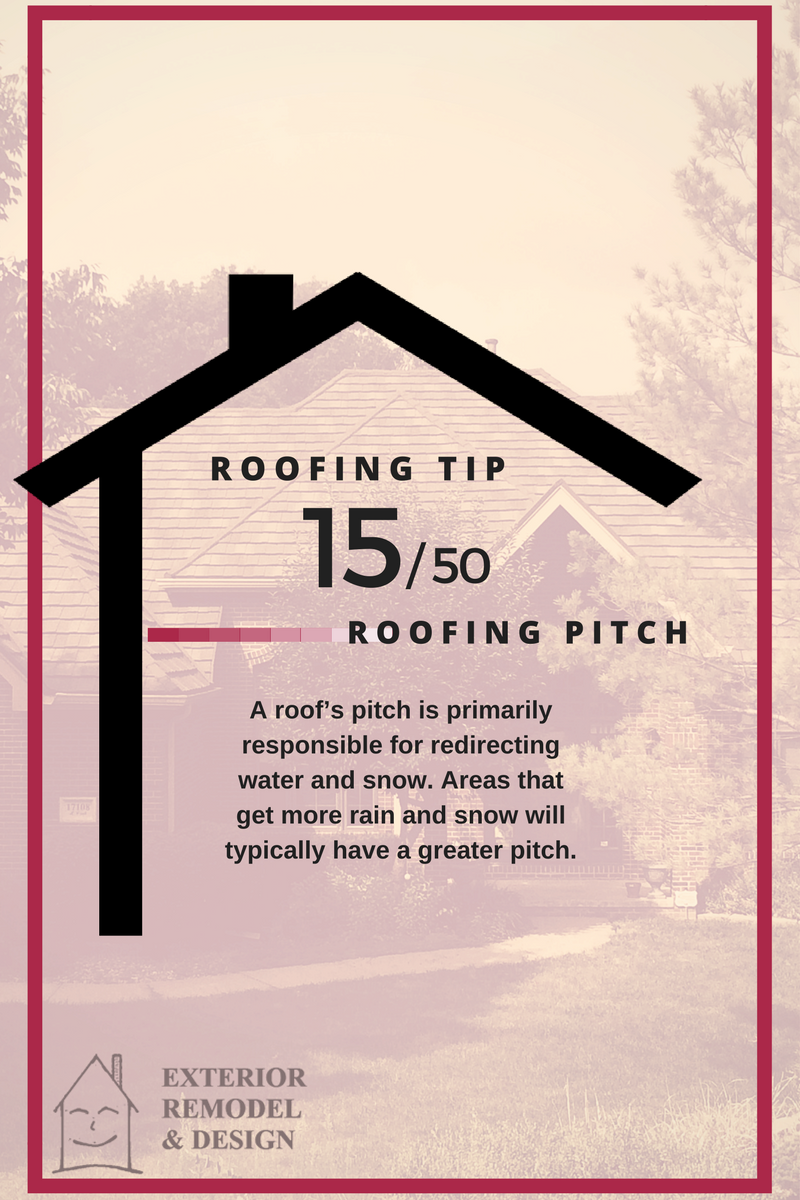Your roof’s pitch is primarily responsible for redirecting water and snow.
Areas that get more rain and snow will typically have a greater pitch. Your roof’s pitch can also be determined by the type of roofing material used, walkability, and the roof’s proportions to the building as a whole.
The pitch of your roof is incredibly important for keeping your home dry and your family safe.
Historically, the pitch has risen and lowered based on architectural trends, but has always relied on being able to effectively redirect rain and snow.
It’s measured by the vertical rise in inches for every horizontal twelve inch length – known as the run – reading as x rise/12 run. Typical residential roofs are known as “steep slope roofing” and have pitches 2/12 and above. The steepest pitches are 21:12 and higher, while conventional roofing has a pitch between 4:12 and 9:12.
The pitch chosen for your roof depends on a number of factors:
- Atmospheric conditions
- Roofing material used (asphalt shingles are great for conventional pitches)
- Walkability and installation process
- Roof’s proportion to the building as a whole
- The amount of roofing visible
All of these factors are considered when deciding on the slope of your roof. An ineffective pitch can be devastating for the longevity of your home. If you notice water collecting on the roof the problem is probably related to its pitch.

